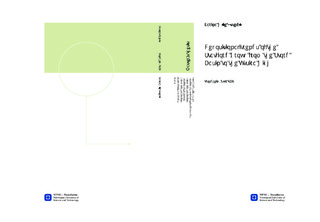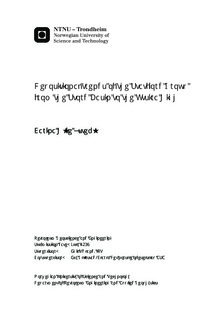| dc.description.abstract | Seismic interpretation will establish a framework to understand the regional thickness distributions of the group, and seismic facies analysis will further enable our understanding of the Utsira High as a potential paleo-topographic high during Early Jurassic compared with the Stord Basin.This study aimed to understand the lateral distribution of the Early Jurassic Statfjord Group in the Stord Basin and upon the Utsira High. The Stord Basin in the northern North Sea is located approximately 50 km south of the Troll Field. The tectonostratigraphic framework of the Early Jurassic succession in the Stord Basin has been investigated to better understand the sub-regional distribution of depositional facies of the Statfjord Group.The Stord Basin was formed due to extension pre-Jurassic times, with a major phase in Permian-Triassic. Very few wells have been drilled in the Stord Basin, and the stratigraphic succession and depositional facies distribution across the basin is somewhat speculative and based on seismic mapping of the succession and conceptual depositional models based on earlier studies. Based on all public data, including 2D and 3D seismic, wells surrounding this area and core photos, an interpretation of the gross depositional environment in Early Jurassic was made.The study method includes seismic-well tie, seismic mapping, literature study, well correlation and interpretation of depositional facies from well logs and core photos.Seismic mapping indicate that the Utsira High likely represented a paleo-topographic high during deposition relative to the Stord Basin, reflected also in the depositional maps.The extensional breakup and forming of The Stord Basin was formed mainly due to extension in Permian - Triassic time, and continued into the Middle and Late Jurassic time. In this study two seismic horizons have been interpreted in the basin. Seismic interpretation has been carried out aiming to understand the distribution and thickness of the Early Jurassic succession in the Stord Basin and evaluate the seismic signature of this interval. Seismic mapping of the Top Hegre and Top Statfjord horizons give a framework of the Early Jurassic Statfjord Group. A literature study of previous work considering the Stord Basin has been done to gain knowledge of the structural and lithostratigraphic framework of the basin. Facies distribution within the Statfjord Group was predicted based on the results of seismic mapping and resulting isochron maps. No gross depositional facies maps are published in the area, whereas prevalent detailed core analysis and core descriptions of wells in the area are well documented. This study aims to test if seismic mapping of accommodation space can help predict gross sedimentary facies in this region. | nb_NO |

